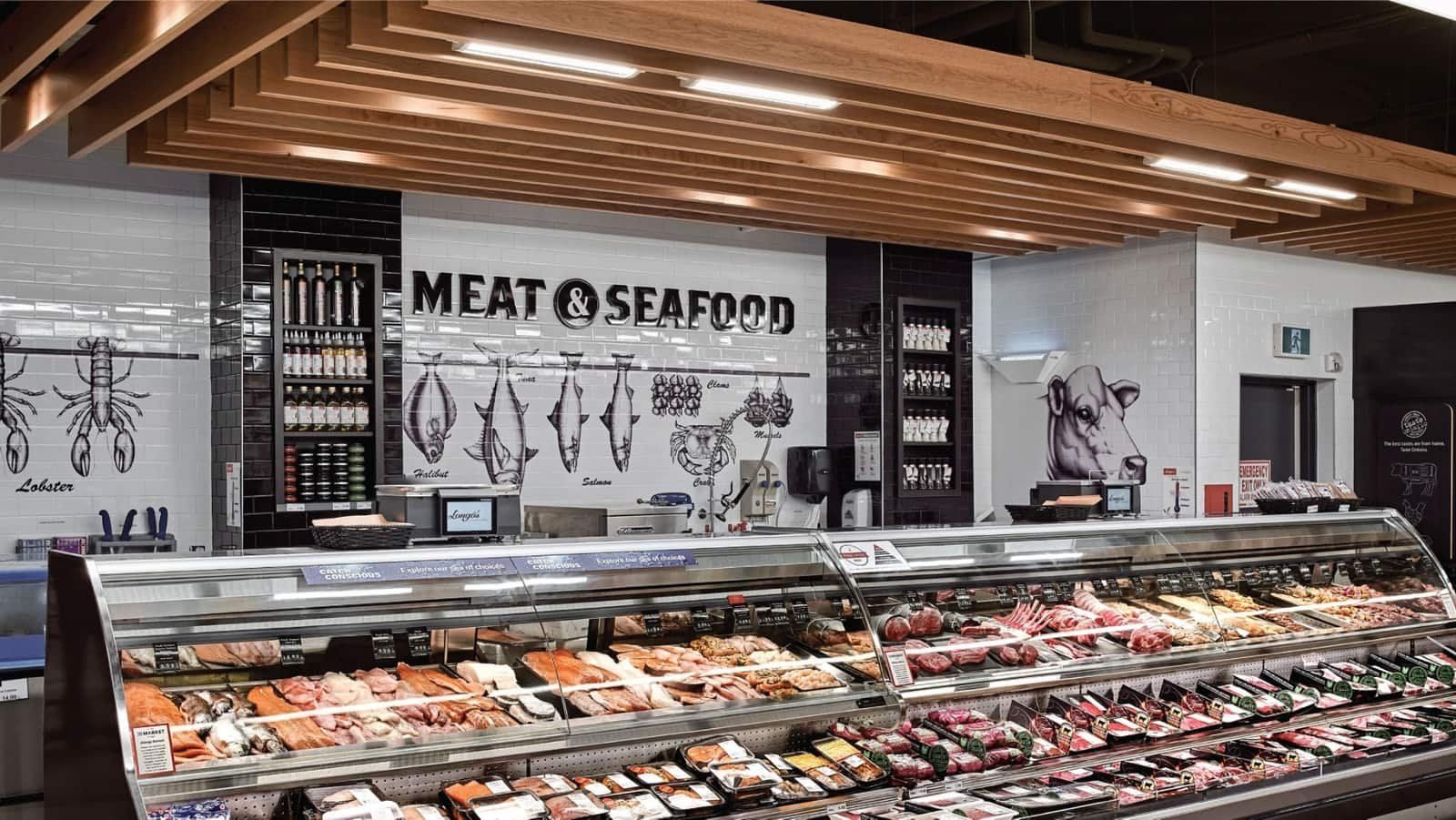In 2024, food prices in Europe continue to fluctuate due to many factors, including inflation, changes in supply chains and changing climatic conditions. For many households, being able to plan their food expenditure wisely is becoming not just a useful skill, but a necessity.
In this article, we will look at current trends in the prices of staple foods in different European countries, highlighting the key factors influencing their change.

Popular Products
-
Breads
Baguettes, rye bread, whole grain breads
-
Dairy products
Milk, yogurt, cheese, butter
-
Meat and poultry
Chicken, pork, beef
-
Fish and seafood
Salmon, tuna, shrimp, cod.
-
Fruits
Apples, bananas, oranges, grapes.
-
Vegetables
Potatoes, carrots, tomatoes, cucumbers, lettuce
-
Cereals and pasta
Rice, pasta, buckwheat, oatmeal
-
Legumes
Lentils, beans, chickpeas
-
Beverages
Coffee, tea, juices, mineral water
-
Canned food
Canned vegetables, fruits, fish
-
Sweets and desserts
Chocolate, cookies, ice cream
-
Eggs
Chicken, quail
-
Nuts and seeds
Almonds, walnuts, sunflower seeds
-
Spices and seasonings
Salt, pepper, spicy herbs, sauces
In general, the food set in the European Union can be called very diverse. Geographical location and active trade allow to diversify the food basket anywhere in Europe.
Average cost of meals in restaurants
The average cost of a meal in restaurants in Europe varies depending on the country and the type of restaurant.
Inexpensive restaurants
- Switzerland: about 27.82 euros
- Denmark: about 21.76 euros
- Italy, France, Greece: about 16.23 euros
- Germany: about 14.87 euros
- Poland: about 8.84 euros

Medium price segment (3-course menu for two people)
- Helsinki, Finland: about 97.40 euros
- Milan, Italy: about 86.58 euros
- Barcelona, Spain: about 64.93 euros
- Budapest, Hungary: about 55.06 euros
- Athens, Greece: about 56.82 euros
These prices give a general idea of the cost of eating out in restaurants in Europe in 2024. Costs can vary considerably depending on the specific city and area, so it is recommended to familiarize yourself with local prices in advance and plan your budget accordingly.
Which is better: the store or the market?
When choosing between buying groceries at the store or the market, many consumers face a dilemma. The market often offers fresher produce at lower prices. This is because the market sources produce directly from local farmers and producers, eliminating middlemen and reducing logistics costs. Moreover, you can find seasonal products at the market, which are usually cheaper and tastier. At the same time, stores offer the convenience of shopping, a wide range of products and the opportunity to buy all the necessary goods in one place.
Are prices different in different countries?
Food prices in Europe vary greatly from country to country. The cost of food is influenced by many factors such as inflation rates, economic conditions, taxes, transportation costs and market competition. For example, Western European countries such as Germany and France may have higher food prices compared to Eastern European countries such as Poland and Bulgaria. It is also worth considering the price difference between metropolitan areas and rural areas within the same country.

Food prices vary widely from country to country, plus seasonal dependence and the state's agricultural capabilities are affected. For a rough understanding of prices, we have taken a few types of products, which can be called the most common, and compared their prices in several European countries.
| Country | | 0.5kg bread | 1kg chicken fillet | 1kg rice | 1kg apples | 1kg potatoes | 1 liter milk |
|--------------------------------|--------------------|-------------------------|------------------|-------------------|-----------------------|----------------------|
| Switzerland (Geneva) | 2.5 | 21.4 | 2.1 | 3.7 | 3.1 | 1.5 |
| Spain (Barcelona) | 1.1 | 5.8 | 1.5 | 1.3 | 1.1 | 1.1 | 1.1 |
| Greece (Thessaloniki) | 1 | 4.5 | 1.3 | 1 | 1 | 0.6 | 1.2 |
| Great Britain (London) | 1.4 | 10.4 | 1.1 | 2.7 | 1.7 | 1.4 |
| Portugal (Lisbon) | 1.5 | 8.1 | 1.6 | 1.9 | 0.5 | 0.8 |
| Hungary (Budapest) | 0.5 | 4.5 | 0.8 | 0.8 | 0.5 | 0.7 |
Hungary stands out in this price table. Prices for products in the country are much lower than in its neighbors.
Bottom line
Planning your food budget in 2024 requires careful consideration, especially when traveling to different European countries. Research in advance the price level in the country you plan to visit, taking into account local economic conditions and factors that affect the cost of groceries. Compare the benefits of shopping at the market and in stores to optimize your spending and ensure you have fresh and quality products. Knowing these nuances will help you manage your financial resources more effectively and enjoy traveling without spending too much.






